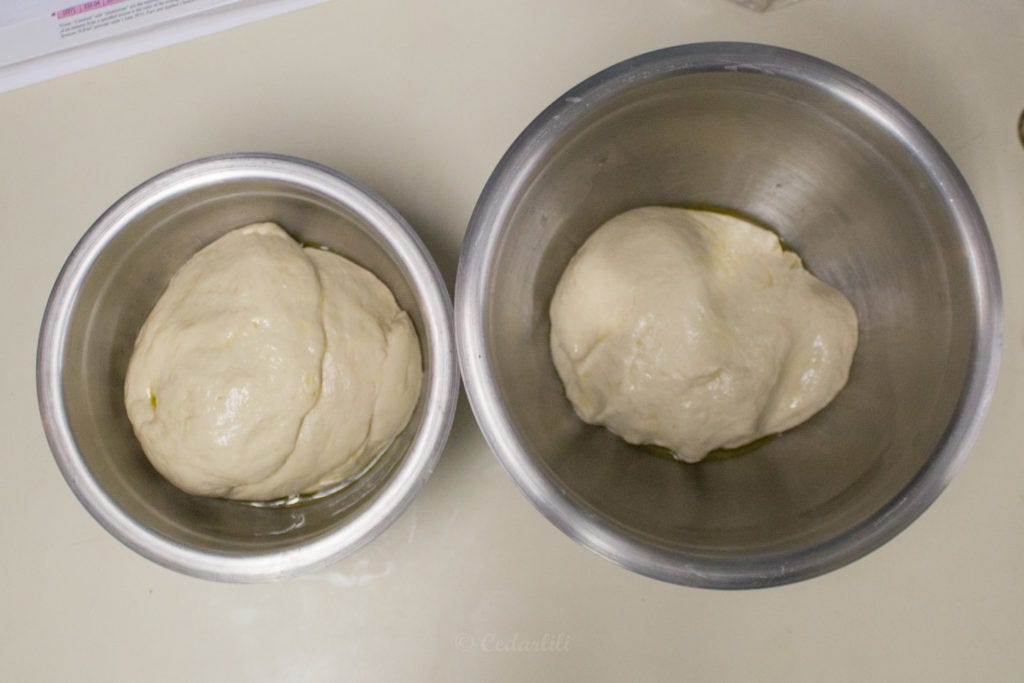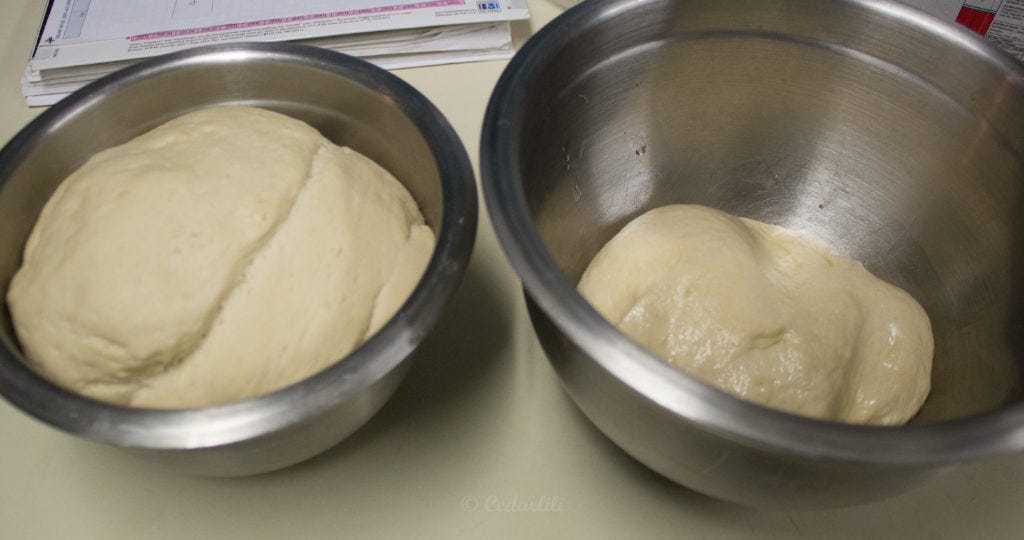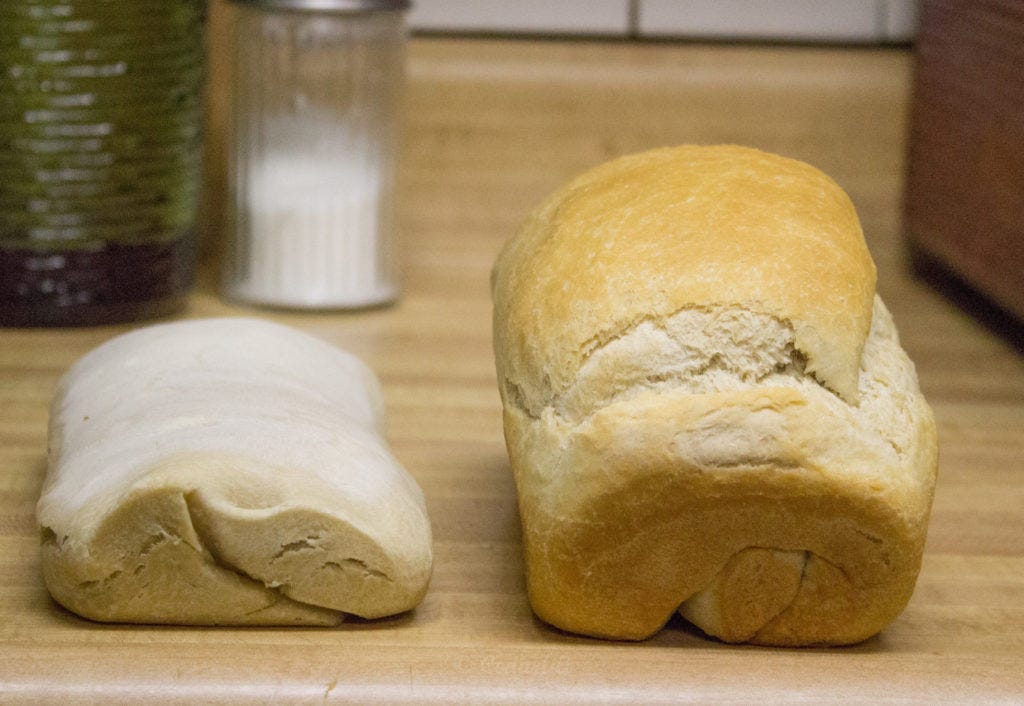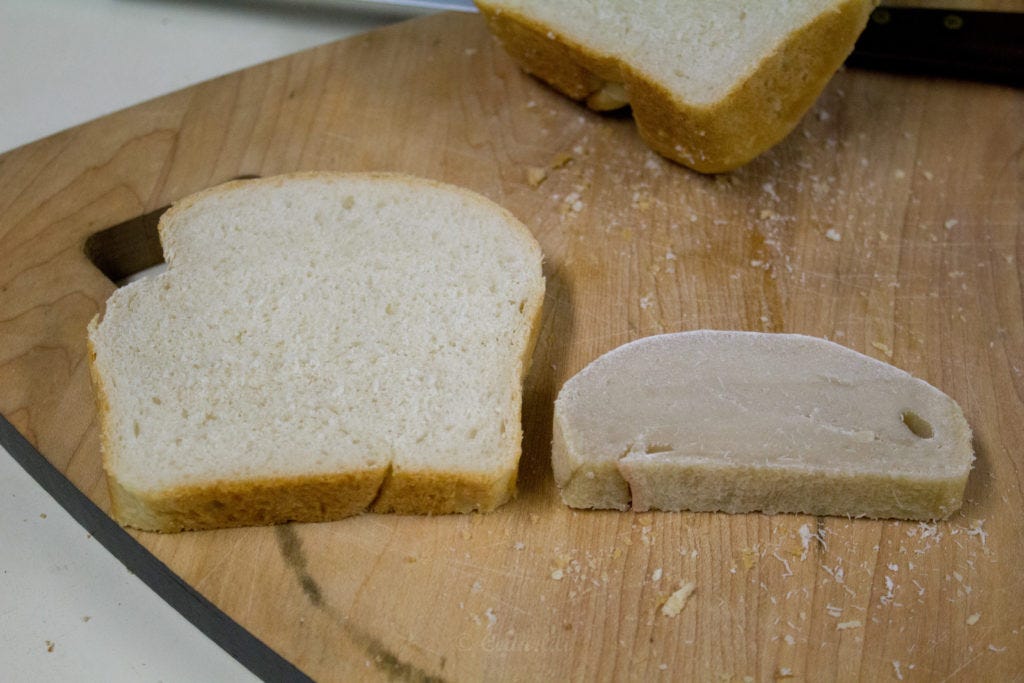Science Experiment: Yeast
My son decided he wanted to take part in the science fair at his school. The Little Man is in 6th grade this year, and they had just been discussing cell structure in classes, so when he asked me a few weeks ago for help with ideas on what to do, I suggested yeast among other ideas, and he glommed onto it.
I've been, largely, hands-off with this experiment. It's his work, and although I could probably have helped him make it much more visually impactful (heh) I let him design the presentation and experiment as much as possible. What I did was give him one of my old lab notebooks, which was fun (He was very impressed with the carbon paper, since he'd never seen it before) , teach him how the scientific method works, and talk to him about precision and accuracy.
As I was reading his final write-up, I was amused to read this statement:
Yeast is a fungus used to make carbon dioxide and alcohol, which makes bread fluffy which is caused by the carbon dioxide. It a single organism and reproduces using the buddy system. The alcohol is used to ferment beer.
Well, ok. Close enough?
If you'd like to replicate his experiment, I've included a recipe for the positive control bread (nummy!) and negative control (great for boat anchors or building bricks). I've included some of his comments on the results and his conclusion.
Control loaf: flour, yeast, salt, sugar, water
Negative control loaf: no yeast, flour, sugar, water, and salt
Ingredients in control:
12 oz all-purpose flour
8 oz water (warm)
2 1/4 tsp yeast
2 tsp sugar
1 tsp salt
Put the yeast in the warm water along with the sugar, and let this sit for about ten minutes (proofing). Then mix in the flour, 4 oz at a time, adding the salt in after the first measure of the flour.
Turn the kneaded dough ball into an oiled bowl, making sure the dough is coated. Allow to rise for 45 minutes (we timed everything to make sure both doughs were treated the same). Punch down, shape into a loaf, and allow to rise in the pan for another 30 minutes. Bake at 350 F for 50 minutes.

On the left is the positive control dough, the negative control is in the larger bowl on the right.

After 45 minutes on the countertop, the positive control dough is showing the action of the yeast, while the negative control is the same size.

negative and positive: baked for the same time at the same temperature. We were interested that the negative didn't brown up.
The texture of the control was better than the negative because the carbon dioxide from the farts and burps cased the bread to inflate the batter or dough.

Fluffy bread, and solid yucky stuff.
The control that has yeast was fluffy and soft and looked like bread The negative control looked like clay and was hard on the inside and gooey in the inside.




